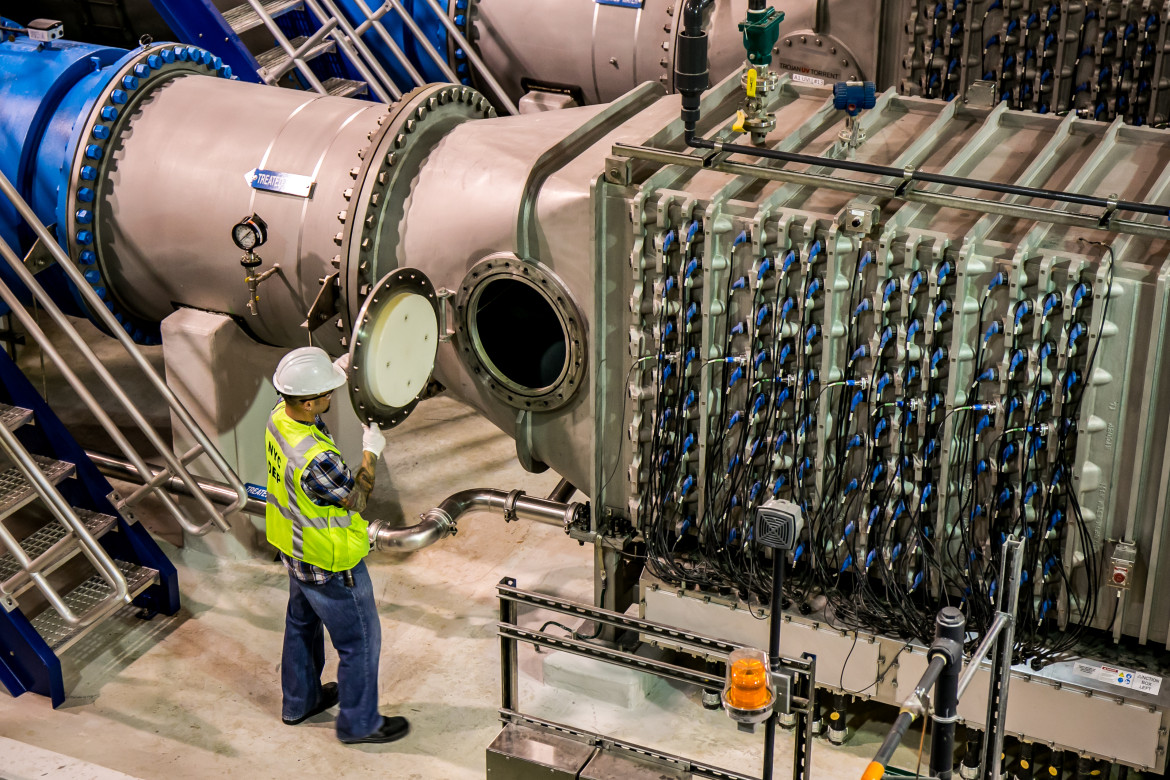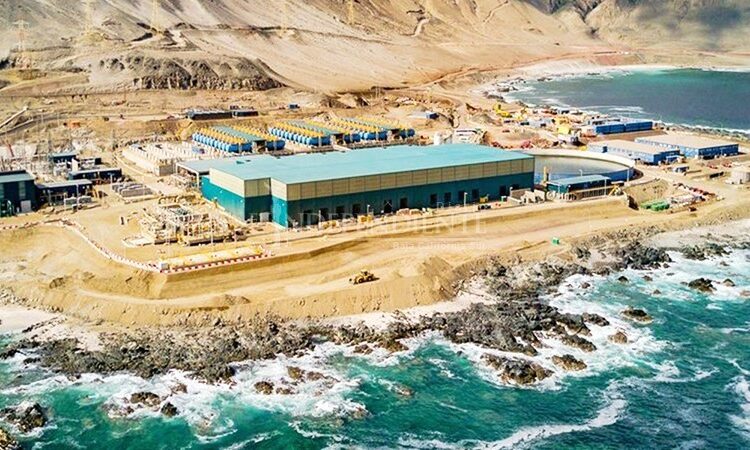UV disinfection stands at the forefront of modern water treatment technologies, offering a powerful, chemical-free method to ensure safe drinking water. This advanced approach, leveraging the germicidal properties of UV light, effectively neutralizes pathogens by damaging their DNA. UV disinfection in the Water Treatment Process
This article delves into the intricacies of UV disinfection, emphasizing the significance of zeolite filter media in pre-treatment processes to enhance the efficacy of UV systems.
How does UV Disinfections works?
The science behind UV disinfection is anchored in the unique properties of ultraviolet (UV) rays, situated in the electromagnetic spectrum between visible light and X-rays. This positioning allows UV rays to penetrate and disrupt the genetic material of harmful microorganisms, a cornerstone principle for UV disinfection in water treatment.
Despite historical fluctuations in its adoption, overshadowed by the rise of chlorination and early operational challenges. Recent advancements have propelled UV disinfection back into the limelight as a viable, eco-friendly alternative for water purification, especially in areas where chemical disinfectants are less desirable.

At the core of UV disinfections’ functionality is the exposure of waterborne pathogens to UV-C light, the spectrum most conducive to germicidal activity.
The process effectively prevents microorganisms from reproducing by causing irreparable damage to their nucleic acids. However, the performance of UV disinfection is greatly influenced by the clarity of water, as turbidity can obstruct the UV rays’ path to the targeted pathogens.
This highlights the critical role of pre-treatment in ensuring optimal water clarity for UV exposure.
Zeolite Filter Media as a prefiltration process
Zeolite filter media emerges as a superior choice for pre-treatment in UV disinfection systems. Unlike traditional sand or anthracite, zeolite boasts a high surface area and a microporous structure, making it highly effective removing particulates and significantly reducing water turbidity.
This not only maximizes the germicidal impact of UV disinfection but also extends the lifespan of UV lamps by minimizing the risk of fouling.

UV disinfection systems, typically comprising low-pressure mercury lamps emitting at 254 nm—a wavelength perfectly aligned with the optimal absorption range of microbial DNA—epitomize efficiency in germicidal activity.
Maintaining these systems, which involves regular lamp replacement and system cleaning, is crucial for sustained performance. With the advent of modern UV systems equipped with intensity sensors, the reliability and user-friendliness of UV disinfection have significantly improved.
Here are some real-world examples of UV disinfection water treatment plants, along with their operational data:
| Facility | Capacity |
| New York City’s Catskill/Delaware UV Facility, USA | It’s one of the largest UV disinfection facilities in the world, treating up to 2.2 billion gallons of drinking water daily. This facility serves to disinfect water from the Catskill and Delaware watersheds, providing potable water to nearly 9 million residents of New York City. |
| Karlsruhe Drinking Water Treatment Plant, Germany | This plant has a UV treatment capacity of 60 million liters (approximately 15.9 million gallons) per day. It exemplifies the integration of UV disinfection within traditional treatment processes to ensure the safety and quality of drinking water for the city of Karlsruhe. |
| Thames Water UV Disinfection Facility, UK | Thames Water has multiple UV treatment facilities across its network, with significant installations capable of treating over 300 million liters (approximately 79.3 million gallons) per day. These facilities are part of Thames Water’s strategy to enhance water quality and safety for millions of its customers. |
| Singapore’s Choa Chu Kang Waterworks, Singapore: | The plant uses advanced membrane filters followed by UV disinfection, treating up to 273 million liters (approximately 72 million gallons) of water per day. This approach ensures the provision of safe, high-quality drinking water in a country that prioritizes innovative water treatment technologies. |
| Los Angeles Aqueduct Filtration Plant (LAAFP) UV Facility, USA: | The UV facility at LAAFP can treat up to 600 million gallons of water per day, making it a critical component of Los Angeles’ effort to maintain compliance with federal drinking water regulations and ensure safe water for its residents. |
Zeolite filter media and UV Disinfection, the real deal
The capacities mentioned illustrate the scalability of UV treatment to meet the needs of populations ranging from large cities to entire regions, underscoring its effectiveness as a water purification method.

In conclusion, UV disinfection, augmented by the pre-treatment capabilities of zeolite filter media, offers a robust solution for purifying water without resorting to chemicals. This approach not only addresses a wide array of pathogens, including those resistant to traditional disinfectants.
The combination of UV disinfection and zeolite pre-treatment stands out as a cutting-edge choice for meeting global water quality standards.




